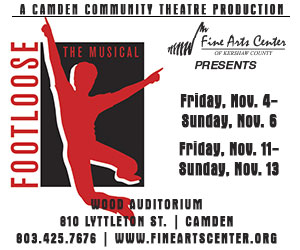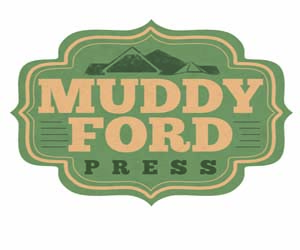Essay: Temple Ligon on Jasper Johns’s Flags
South Carolina’s Jasper Johns of Allendale, arguably the 20th century’s most important American artist, turns 82 on May 15th. Born in Augusta, GA, Johns lived with his grandparents at their home in Allendale until his mother brought him into her home in Columbia for his fourth grade, where he attended at A. C. Moore Elementary School. It was about this time that Johns visited his father in Savannah, where the two walked past the bronze statue of Sergeant William Jasper and Johns’s father explained to his son that his name came from the Revolutionary War hero who died holding the Patriots’ flag. After the fourth grade, Johns was sent to live with his aunt Gladys Johns Shealy on a labor intensive farm on the western shore of Lake Murray at a place called The Corner. For his last year of high school, he moved in with his mother in Sumter, and graduated from Edmunds High School in 1947 as their valedictorian.
After three semesters at USC in Columbia, Johns dropped out to study at Parsons School of Design in New York, but he left Parsons to pursue painting and part-time pick-up work on his own. Johns was drafted into the army in 1951, and trained as a machine gunner, but he spent his time in the army as a graphic artist and even some time as a fine artist. He spent the first half of his army stint at Fort Jackson; his second, in Japan.
As a soldier, Johns was trained in flag etiquette, and he and his classmates in elementary school had recited the Pledge of Allegiance before the flag every morning. While he was in the army from 1951 until 1953, American television news was dominated by Senator Joe McCarthy and his House Un-American Activities Committee claiming communists were under almost every bed. In late 1954 Johns dreamed about the American flag – television was in black and white, and shrinks were saying dreams were, too, inspiring Johns to paint the American flag in black and white; actually, in white, with brush strokes delineating the stars and stripes, resulting in White Flag (1955) which hangs in New York’s Metropolitan Museum of Art.
On 54th Street in the Museum of Modern Art hangs another of Johns’s flags, Flag, also from 1955, but this one is fully rendered in red, white, and blue. White Flag was started first, but the argument to “give the mind something it already knows” pushed Johns to the red, white, and blue. By taking an icon, especially the American flag, Johns could by-pass the decisions on subject matter and design and get to the question, “Is it a flag, or a painting of a flag?” White Flag is a painting, but Flag at MoMA could be a flag, a flat canvas flag stretched on a frame, but is a flag all the same.
Johns has never commented on this, and there are very few art historians and critics with enough military background to suggest it, but as a flag, Flag is assembled to honor correct flag etiquette. The white stars on a blue field are painted on an isolated frame. A second frame holds the red and white stripes above the alignment, with the bottom of the stars on a blue field. The third frame is canvas stretched for the red-and-white stripes all across the lower half of the flag. On the wall at MoMA, Flag is hung horizontally with the white stars on a blue field at the upper left. But if the flag is turned to a vertical orientation against the wall, the white stars on a blue field must locate on the upper left. A real flag is turned around for the reverse to face out and the obverse to face in, which accommodates correct flag etiquette as the flag is hung vertically. Johns’s Flag is assembled in three frames, so for a vertical display, the frames can be reassembled. They never are, but they can be.
Bionote: Columbia writer Temple Ligon holds two arts degrees, lectures monthly for the Wren Institute for Urban Research, and may be Jasper Johns’s biggest fan.






.jpg)
